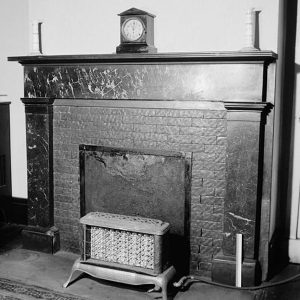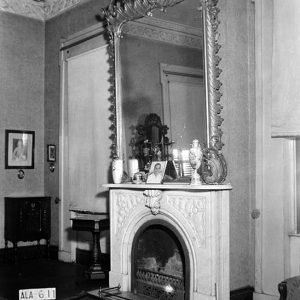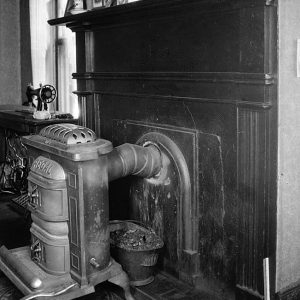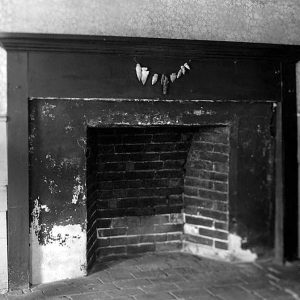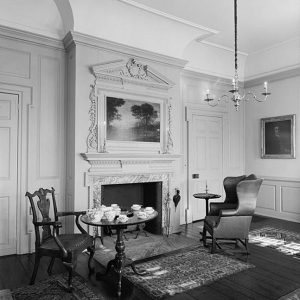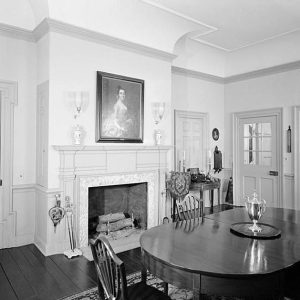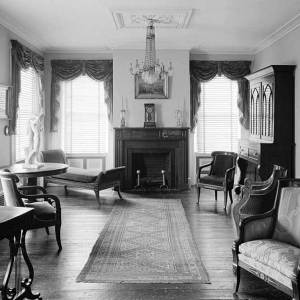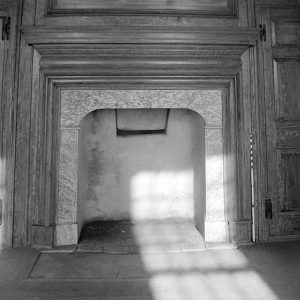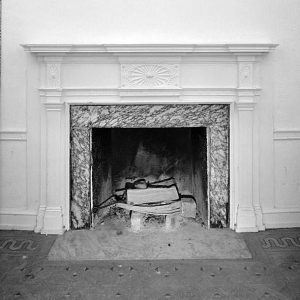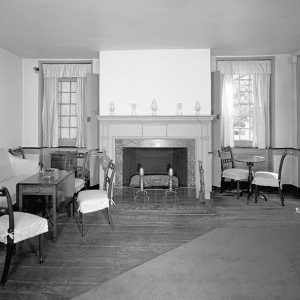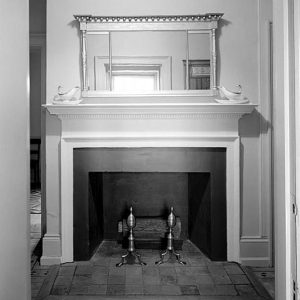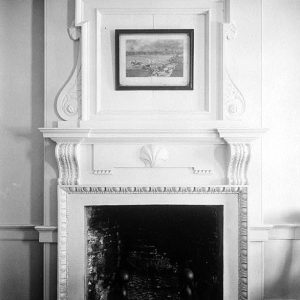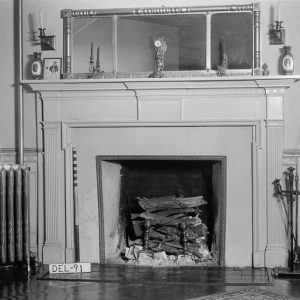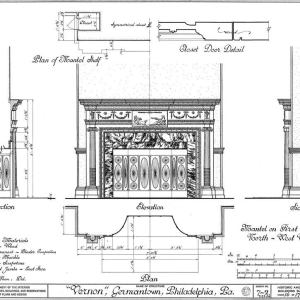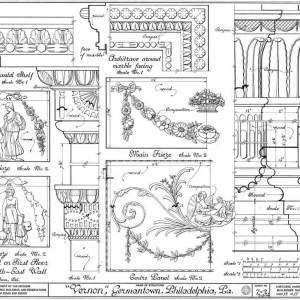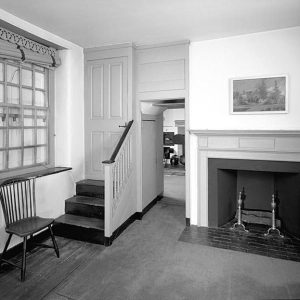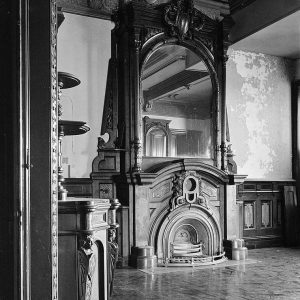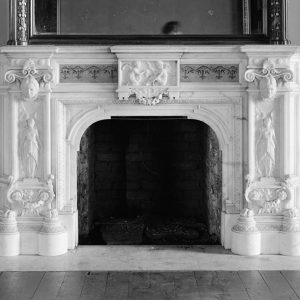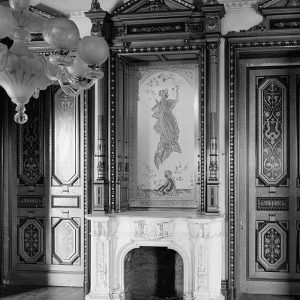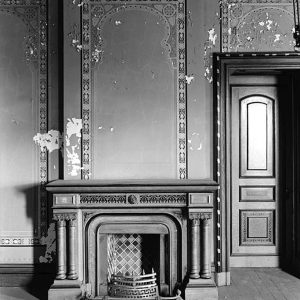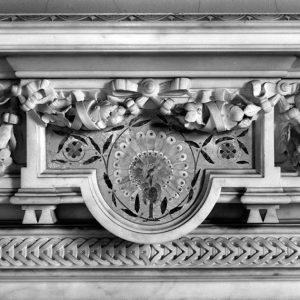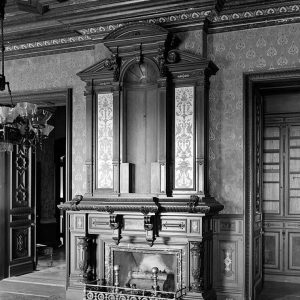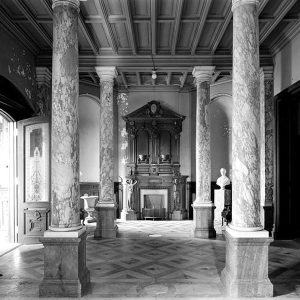Fireplace, Hearth and Mantel
Vintage fireplaces and mantels are filled with historic details that show the best work of skilled carpenters and sculptors from the last 300 years. As the fireplace was used less for heating and cooking over the years, the living room fireplace is still an important focal point of the house to gather with family and entertain guests.
Anatomy of a fireplace
Component parts of a fireplace are familiar terms from carpentry – with jambs, moldings and panels. For example, the wide section above the fireplace opening is known as the entablature which is divided like a Greek temple into three parts of the cornice, frieze and architrave. Decorations and ‘enrichment’ with corner blocks, pilasters, corbels and moldings are common on the most detailed examples from history.
- Ashpit and register grate
- Chimney throat
- Chimney breast
- Fireplace cheek
- Hearth
- Hob – shelves at the side in a fireplace to keep pots or pans warm
- Ingle or inglenook
Fireplace tools
Firesets – poker, shovel and tongs. Bellows (optional)
- Andiron or fire dogs – brackets to hold logs, decorated with sculpture
- Fire back – metal plates at the back of the firebox protect bricks from the fire and reflect heat back into the room
- Fire grate – metal grid to hold burning logs above the hearth to get more air
- Fire screen or spark guard
- Chimneyboard or summer piece – decorative cover over the opening
